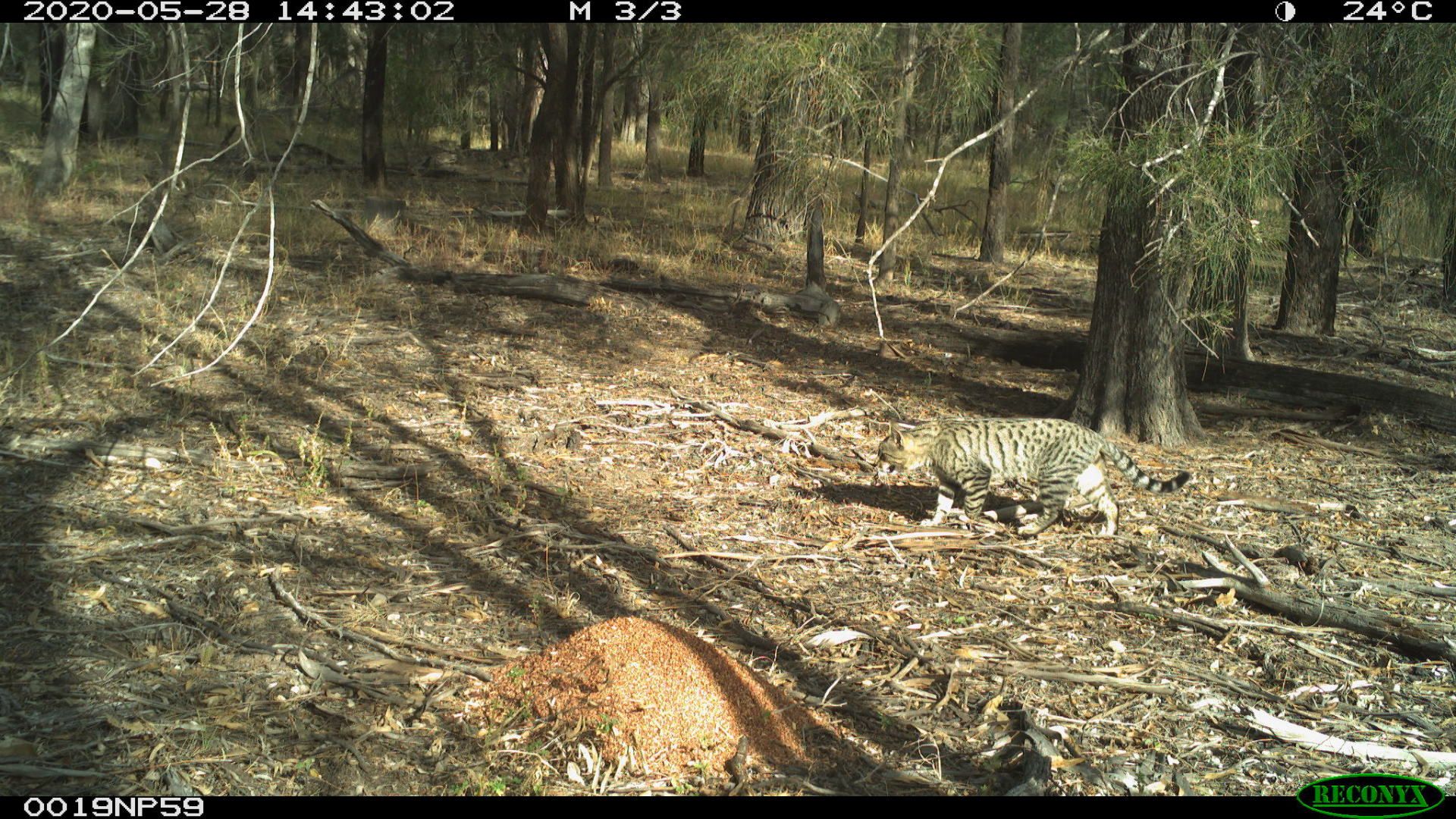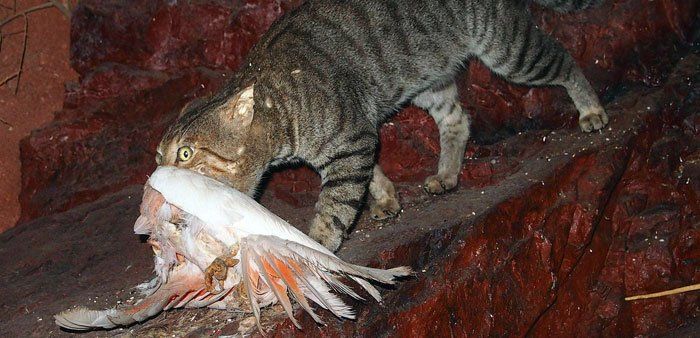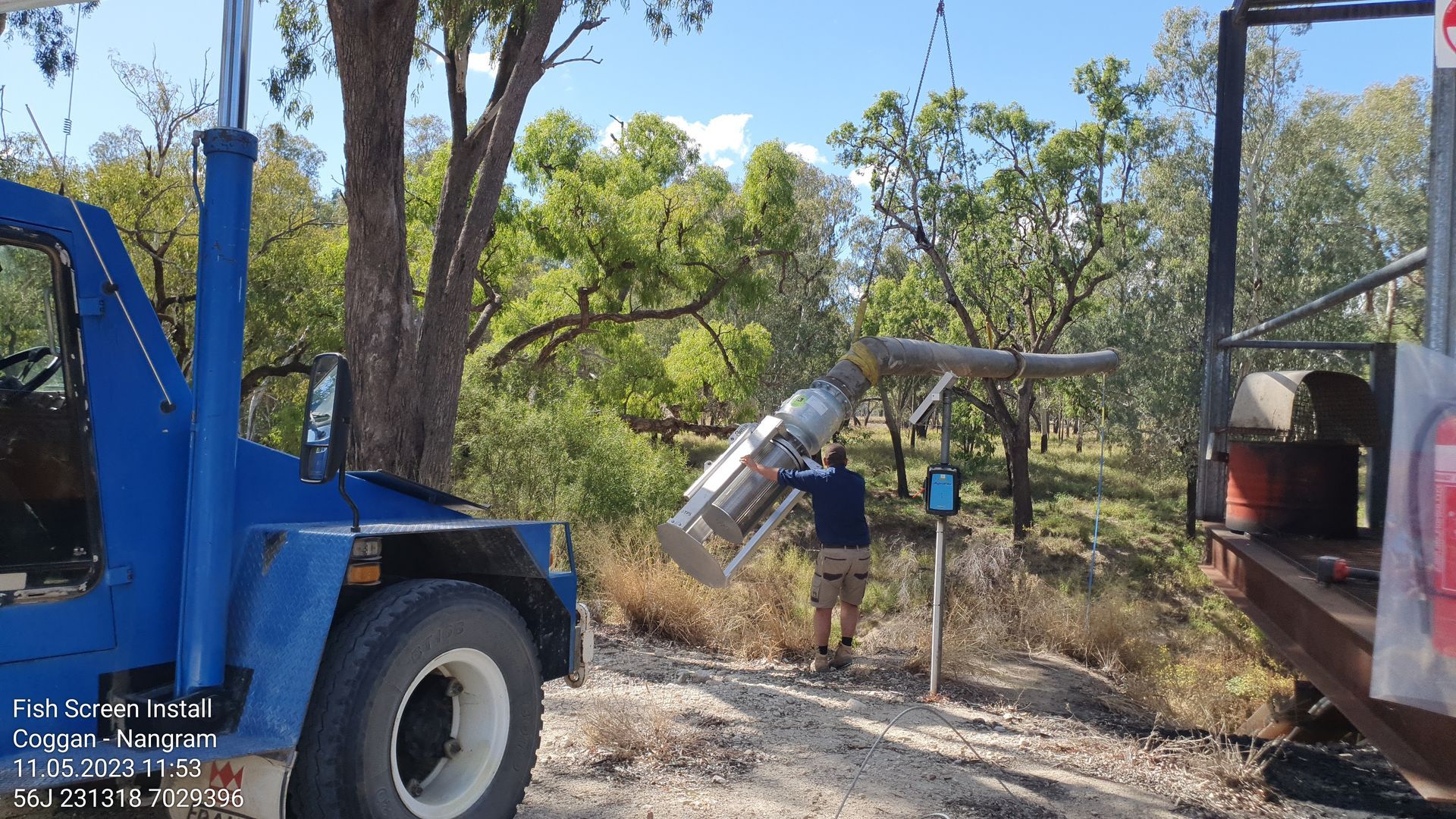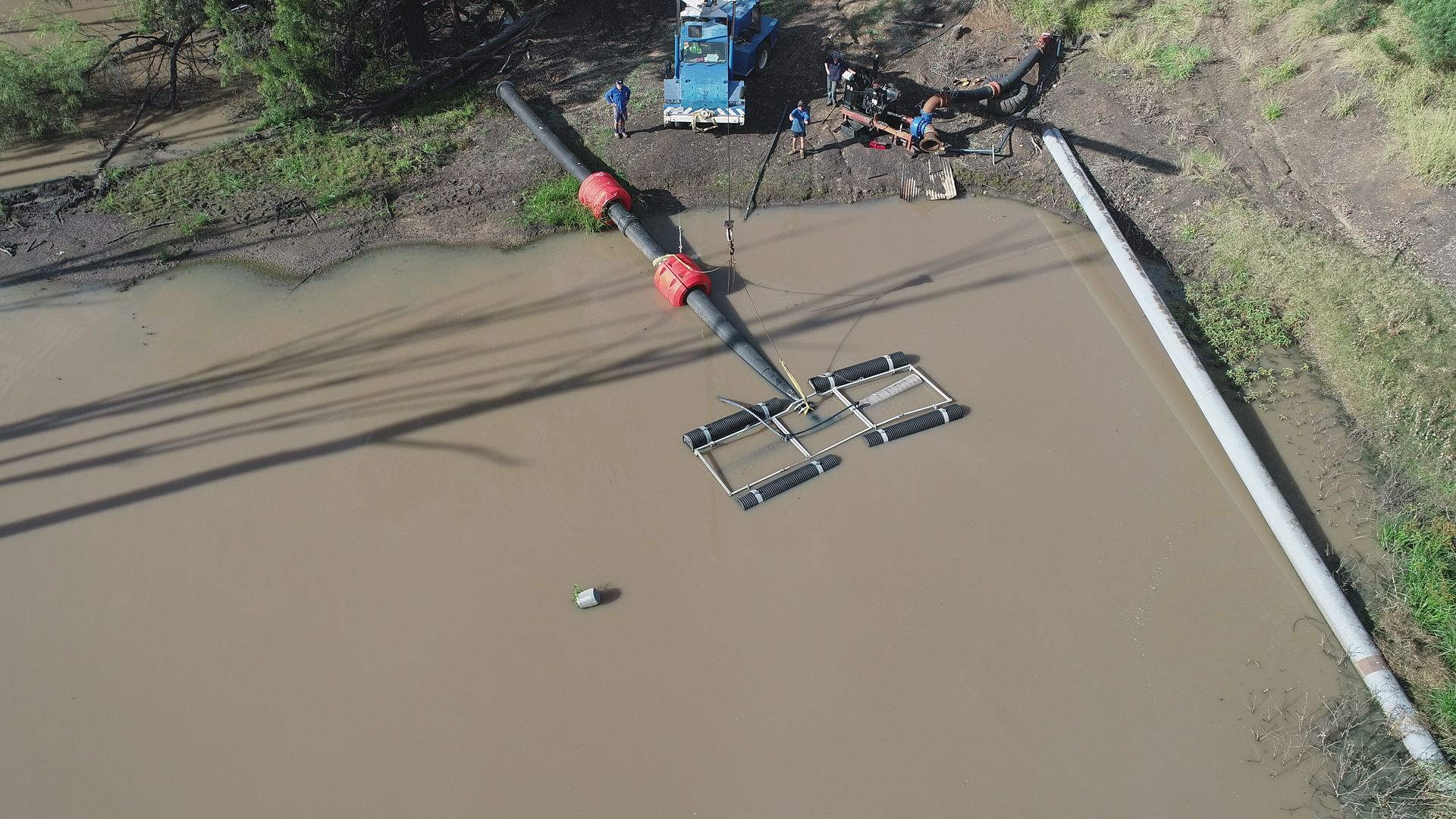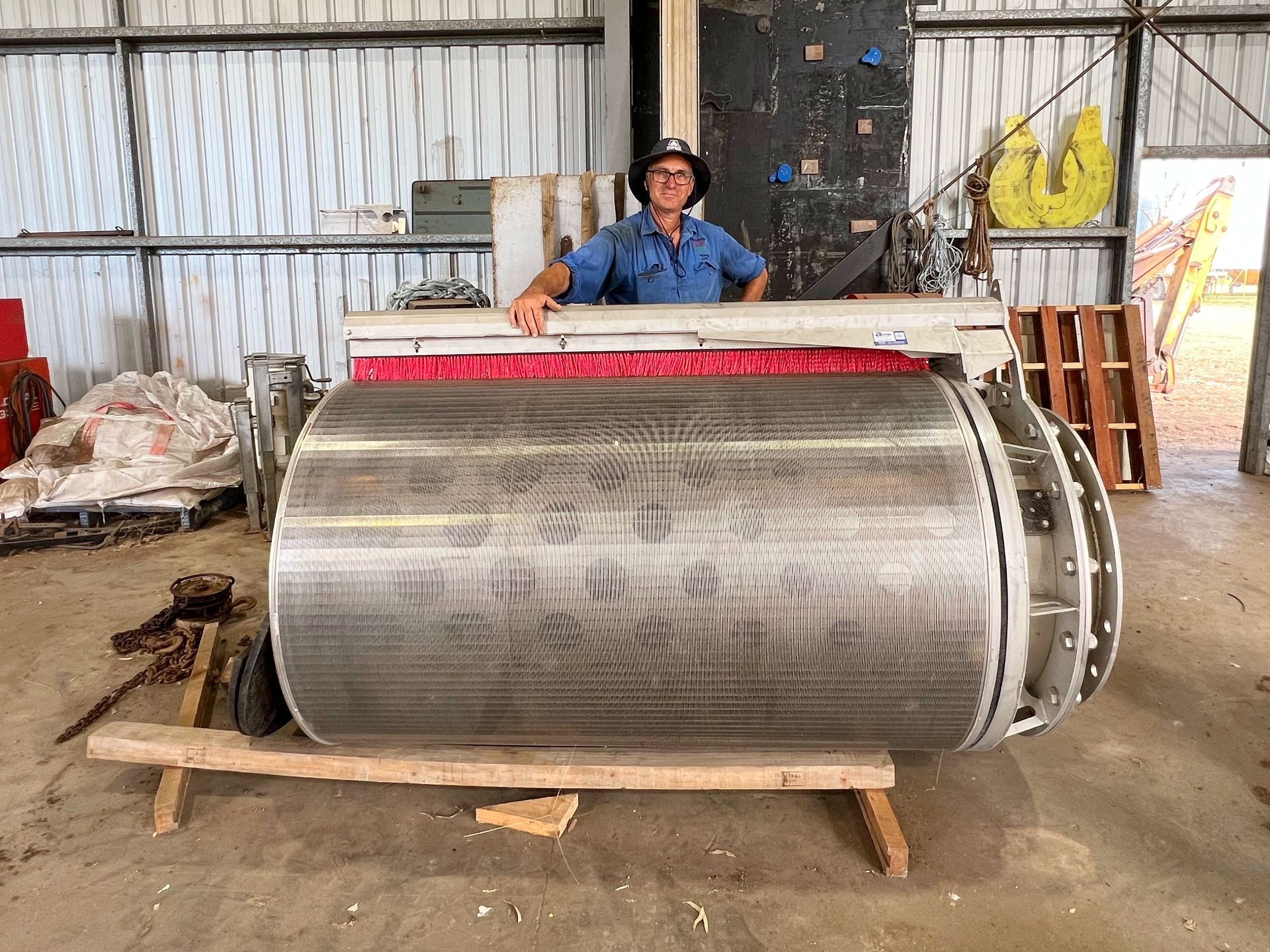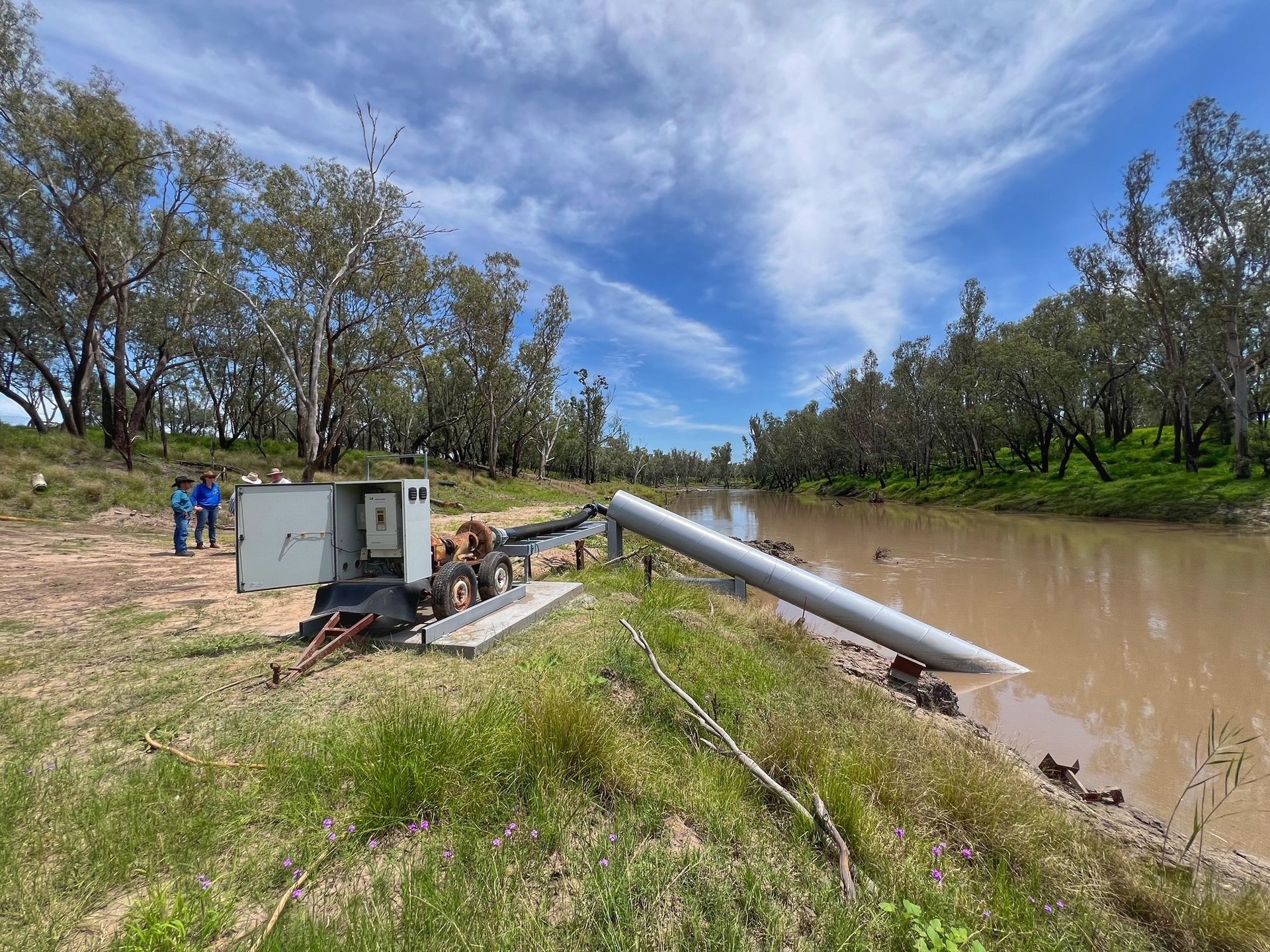The domestic killer living in your neighbourhood
In Australia, the devastation to our native fauna caused by the natural predatory instincts of feral and domestic cats is staggering and causing dire biological consequences. In May, the internet was shocked by an image from a wildlife detection camera near the Queensland - Northern Territory border capturing a large feral cat carrying a sand goanna, which can weigh up to six kilos. Through our own environmental project work in southern Queensland, we too have discovered plenty of cats on cameras in areas where we were searching for wildlife.
The predatory habits of cats see them target a range of wildlife species. Larger animals like kangaroos, wedge-tailed eagles and dingoes are safe from cat predation, but almost every other Australian species fall into the category of prey.
Feral felines
For decades, organisations like the Australian Wildlife Conservancy
(AWC) and Biosecurity Queensland have conducted research to assess the habits and habitats of feral cats, their negative impact on Australia’s native wildlife and how those impacts can be lessened and/or eradicated.
A variety of methods have been employed (with varying success rates) including labour-intensive camera-trap monitoring, GPS tracking collars, population density recording and consultation with First People trackers.
A report co-authored by Biosecurity Queensland (cited by ABC News) estimates “there are as many as 5.6 million feral cats across 99.8 per cent of the country”.
With each feral cat killing 740 animals on average per year, the data shows around one billion mammals, 596 million reptiles, and 316 million birds are killed annually. That’s around 1.91 billion less bilbies, frogs, rosellas, sand goannas, cockatoos and wallabies (to name just a few of the threatened and endangered species who become prey to these highly efficient hunters). It's no wonder Australia is in an extinction crisis, with the worst mammalian extinction rate of any country in the world.
Domestic danger
Closer to home, new research has found domestic cats are causing similar deaths and destruction to local wildlife populations.
An April 2020 Wildlife Research report
by CSIRO Publishing states that while domestic cats kill an average of 186 animals per year, (a quarter of a feral cat’s kill rate), their kills have a higher concentration rate in one area e.g. a town or city – 50 times higher per unit/area. Domestic cats also appear to make no distinction between introduced species e.g. rats and mice, versus native ones.
A 2019 Animal Medicines Australia survey
found that of the 61 per cent of Australian households who own pets, 27 per cent of those are cats. Factoring in these findings combined with domestic cats living longer than feral cats, the severity and extent of the devastation cats pose to Australian’s native wildlife is alarming.
So, what can you do to help?
Tips for protecting wildlife from your feline assasin
If you have a cat, there are a number of precautions you can take to be a responsible pet owner, including spading. (Your vet will agree.)
No councils within the SQ Landscapes region require cats to be kept indoors at all times. However, all councils have regulations and recommendations regarding microchipping, de-sexing and monitoring your cat, so it’s important to regularly check your regional council's website for updates and information about mitigating the risk.
All of the information and research shows that cats kept inside aren't a danger to wildlife. Keeping cats in also protects your pet from becoming victims themselves. Pets are hit and killed by cars often, while wandering animals are prone to fighting with other cats or dogs, or catching diseases.
If you can’t keep your cat inside all the time, here are some tips for being a responsible pet owner;
• Dusk, dawn and evenings are when many nocturnal animals are waking up and beginning to move around looking for food. It’s important to keep your cats inside during these times, but all times is best.
• Make sure your cat is de-sexed to prevent an increase of unwanted strays with nowhere to be but outside with no other option for food.
• Start the routine of being indoors from a kitten. Only feed and play with your cat inside, so they know to come/stay inside for affection and sustenance.
• If possible, create an enclosed outdoor space on your balcony, patio or in your backyard.
• Put a bell or a reflective mirror on your cat’s collar, to make them less effective at stalking.
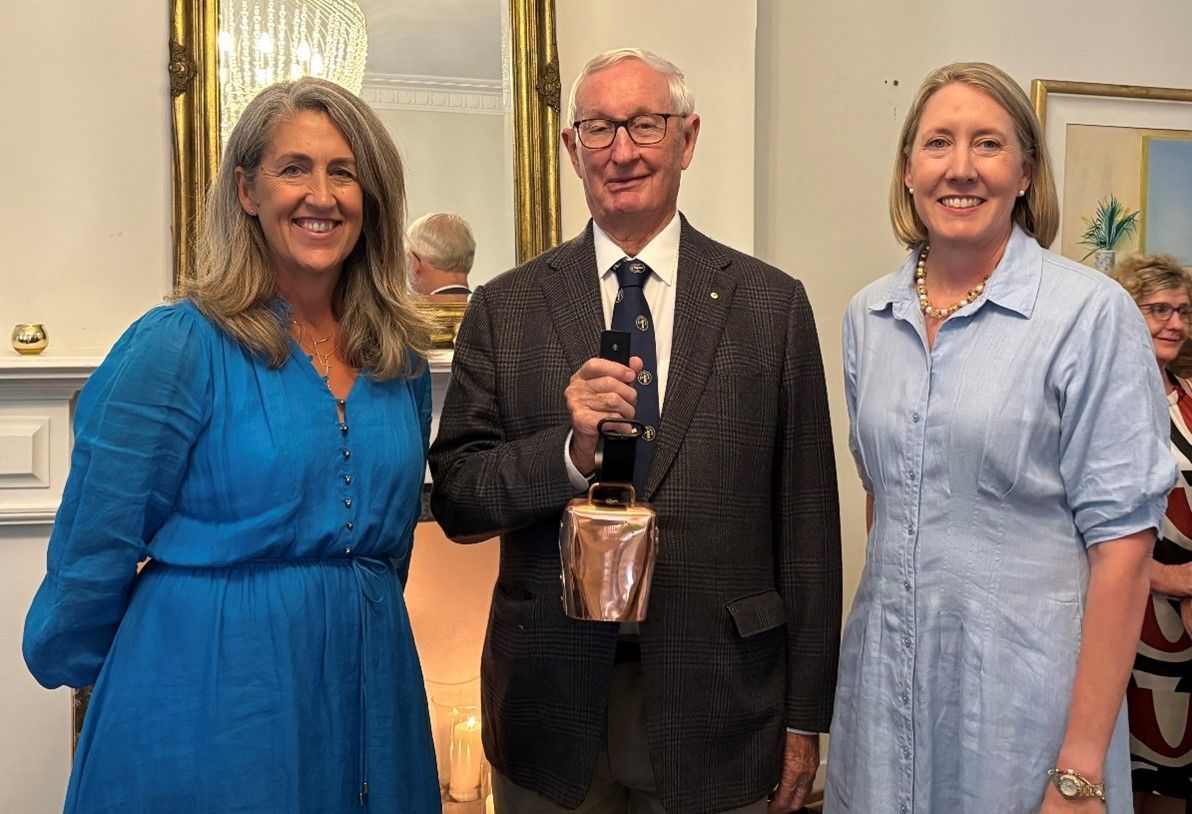
Southern Queensland Landscapes is seeking an experienced and influential Board Chair to lead a multi-skilled Board in managing natural resources across Southern Queensland. This is a 3-year remunerated role based in Toowoomba, QLD, with the flexibility to manage from anywhere in Southern QLD. The ideal candidate will bring: • Substantial experience leading diverse Boards • Strong relationship-building and leadership skills • Expertise in environmental and agricultural matters This role is an opportunity to shape the future of natural resource management, working closely with land managers, community leaders, and industry professionals. Are you ready to make an enduring impact? For more details and to apply, visit www.windsor-group.com.au/job/board-chair-natural-resources-peak-body or contact Mike Conroy at apply@windsor-group.com.au.
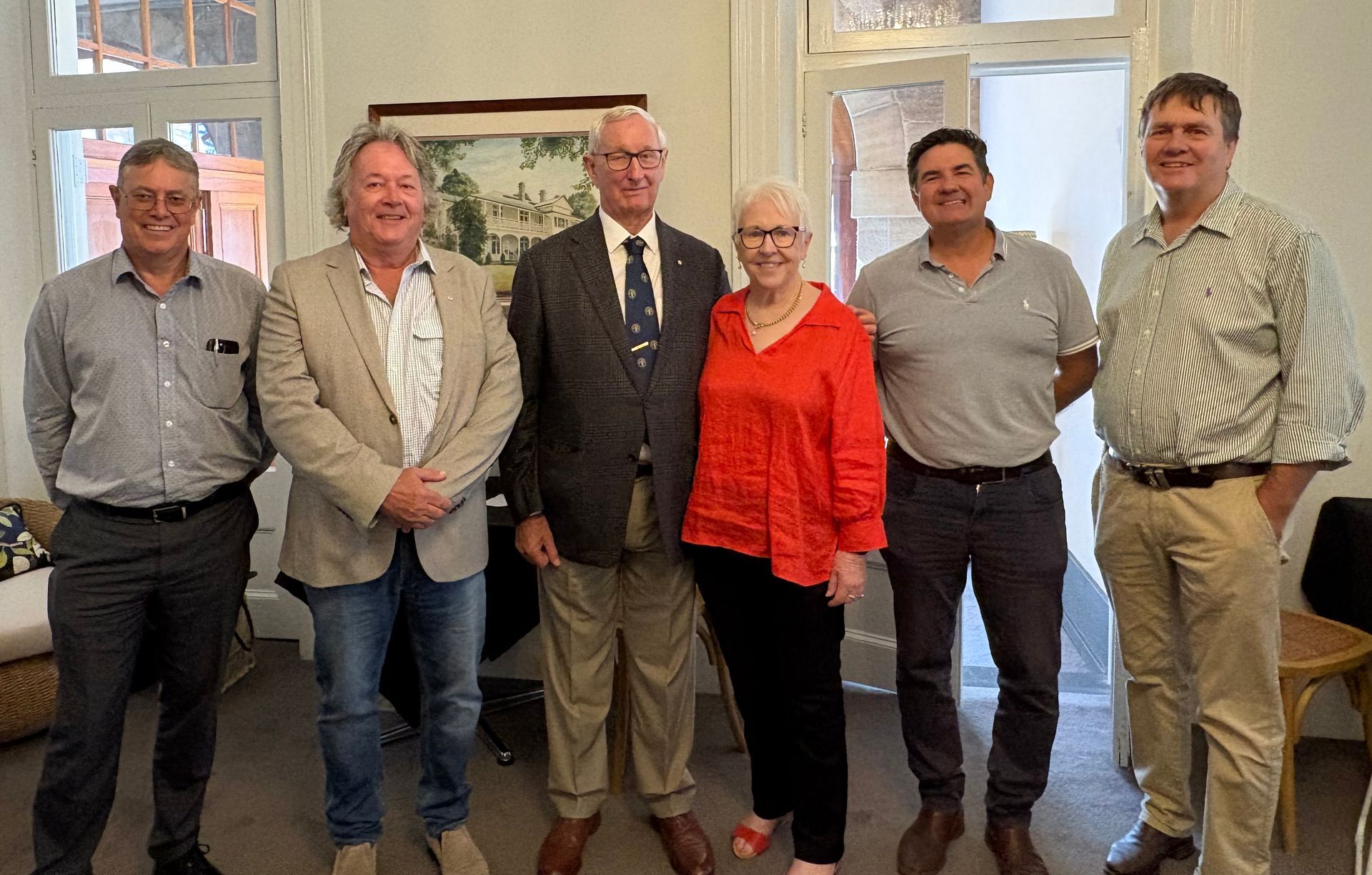
This week marked the final Board meeting for retiring Southern Queensland Landscape Chair, The Hon Bruce Scott AM. The Southern Queensland Landscapes Board hosted a function at Gip’s restaurant in Toowoomba, joined by past Directors, industry stakeholders and the Southern Queensland Landscapes Management team, where Bruce was warmly acknowledged and thanked. Bruce offered special thanks to his dear wife Joan for her support during his period of service to Southern Queensland Landscapes, in particular the warm country hospitality she has offered to many visitors to Roma. Bruce also recognised and thanked Southern Queensland Landscapes Company Secretary Pam Murphy, who has supported Bruce in his service to Southern Queensland Landscapes since the organisation’s inception.
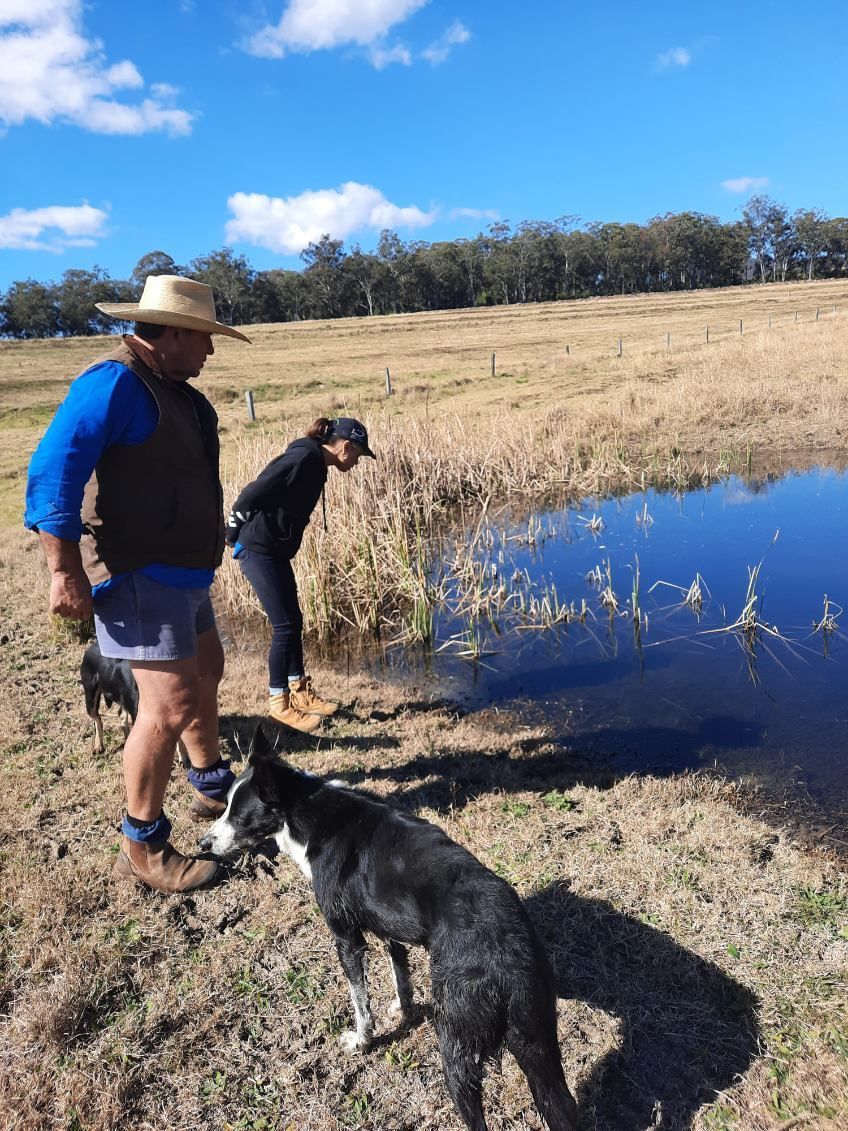
The Condamine Headwaters, a critical ecosystem in Southern Queensland, has long faced threats from sedimentation, habitat degradation, and thermal regime changes. The Blackfish Project, dedicated to reversing these impacts, unites scientists, landowners, and the community in a shared mission to restore and protect this vital environment. At its core lies the river blackfish, a sensitive indicator of the overall ecosystem health. Central to the project's success is the unwavering commitment of landowners like Paul Graham. Inspired by the project's vision, Paul reached out to SQ Landscapes seeking support for a solar pump and tank to divert his cattle away from waterways on his property. Paul's deep-rooted love for his land, captured in his humorous quip "I love my land more than I love my wife," is a testament to the powerful connection between people and place that drives conservation efforts.
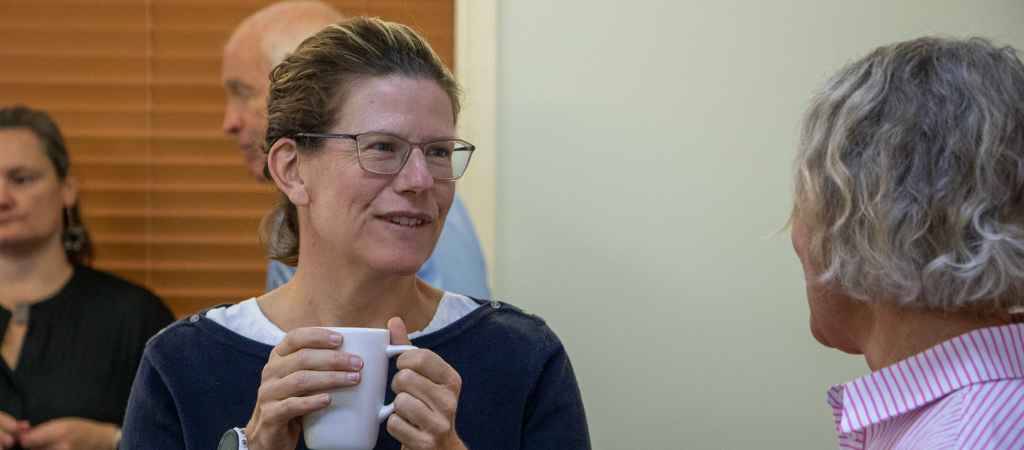
The Board of Southern Queensland Landscapes recently met in Toowoomba. In addition to the Board meeting, Board and Executive worked through updating SQ Landscapes’ strategy. Company Secretary Pam Murphy highlighted the importance of the latest Board meeting and what it means for the company’s future. “The updated strategy will help SQ Landscapes deliver sustainable natural resource management (NRM) outcomes that improve the lives of people in regional communities now and for the future,” Pam Murphy said. “We’re excited to continue delivering value for our region and build Flourishing Landscapes and Healthy Communities across Southern Queensland under the guidance of the Board,” Mrs Murphy said.

